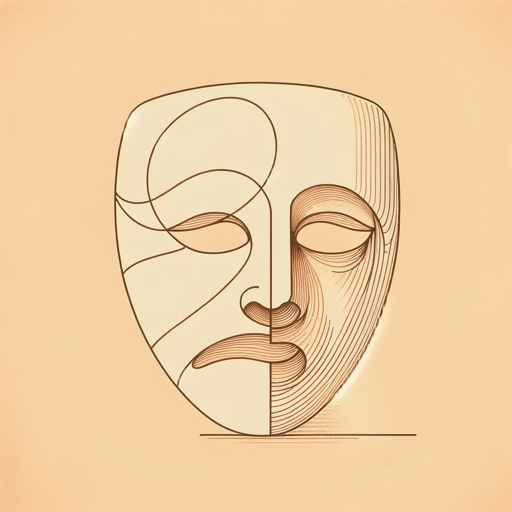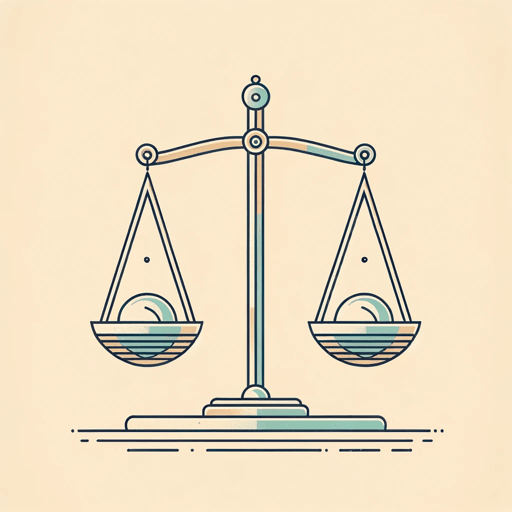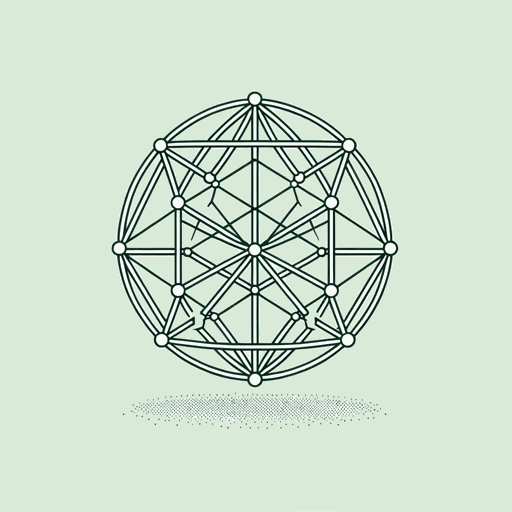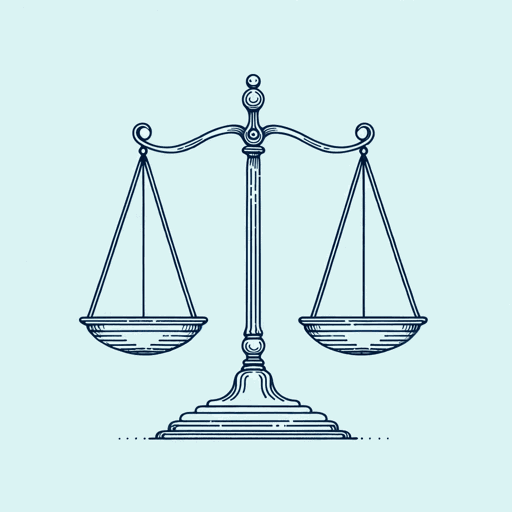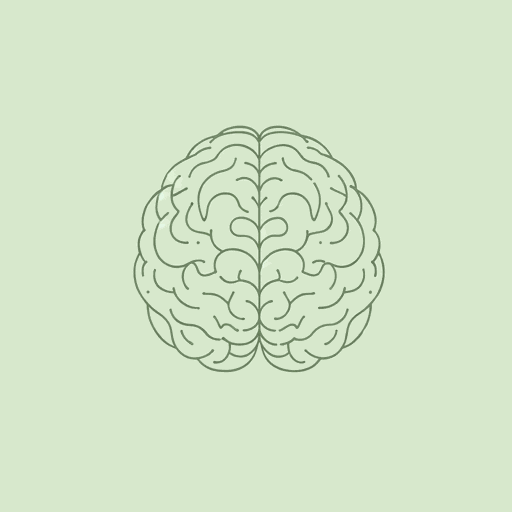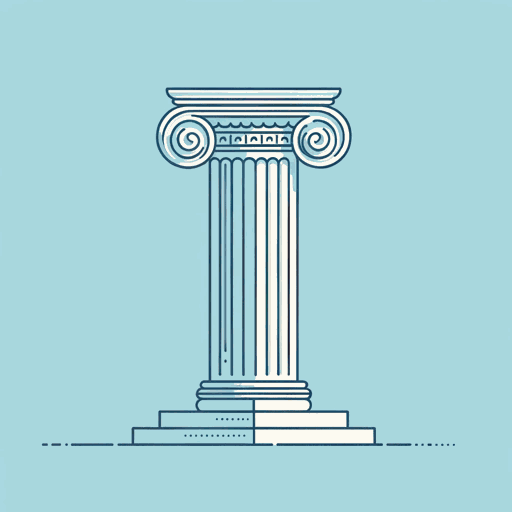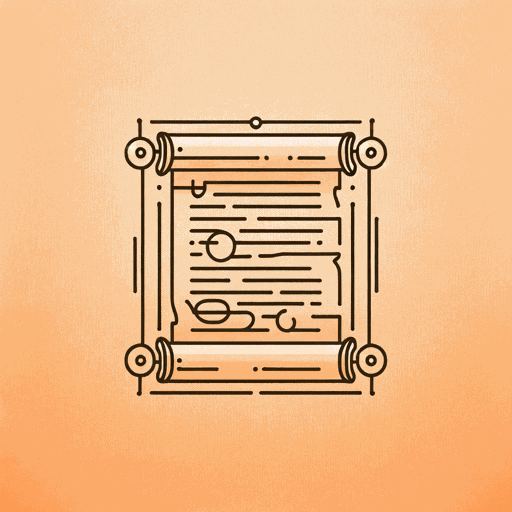28 pages • 56 minutes read
AristotlePoetics
Nonfiction | Book | Adult | BCEA modern alternative to SparkNotes and CliffsNotes, SuperSummary offers high-quality Study Guides with detailed chapter summaries and analysis of major themes, characters, and more.
Parts 1-4Chapter Summaries & Analyses
Part 1 Summary: “The Various Kinds of Poetry”
Aristotle lays out his intentions: He’ll investigate the questions, “What is poetry, how many kinds of it are there, and what are their specific effects?” (17).
By poetry, he doesn’t just mean verse as modern readers know it, but “Epic poetry and tragedy, as well as comedy and dithyramb” (17). These, he argues, are all different means of representation, ways to recreate the world in art, and they all use the same three tools—rhythm, language, and melody—in different ways.
They can also differ in their choice of object, mode, and medium; that is, they may differ in the subjects they depict, their predominant style, and the poetic form they use.
Poetry’s object is people and their behavior, and the way a poet represents people tells the reader something about how poetry can be classified. “For instance,” Aristotle says, “Homer represents people better than us and Cleophon people similar to us, while people worse than us figure in the works of Hegemon of Thasos, the inventor of parodies” (19). This difference in the treatment of an object thus creates the distinction between tragedy (which presents people as better than they are) and comedy (which presents them as worse).
Related Titles
By Aristotle
